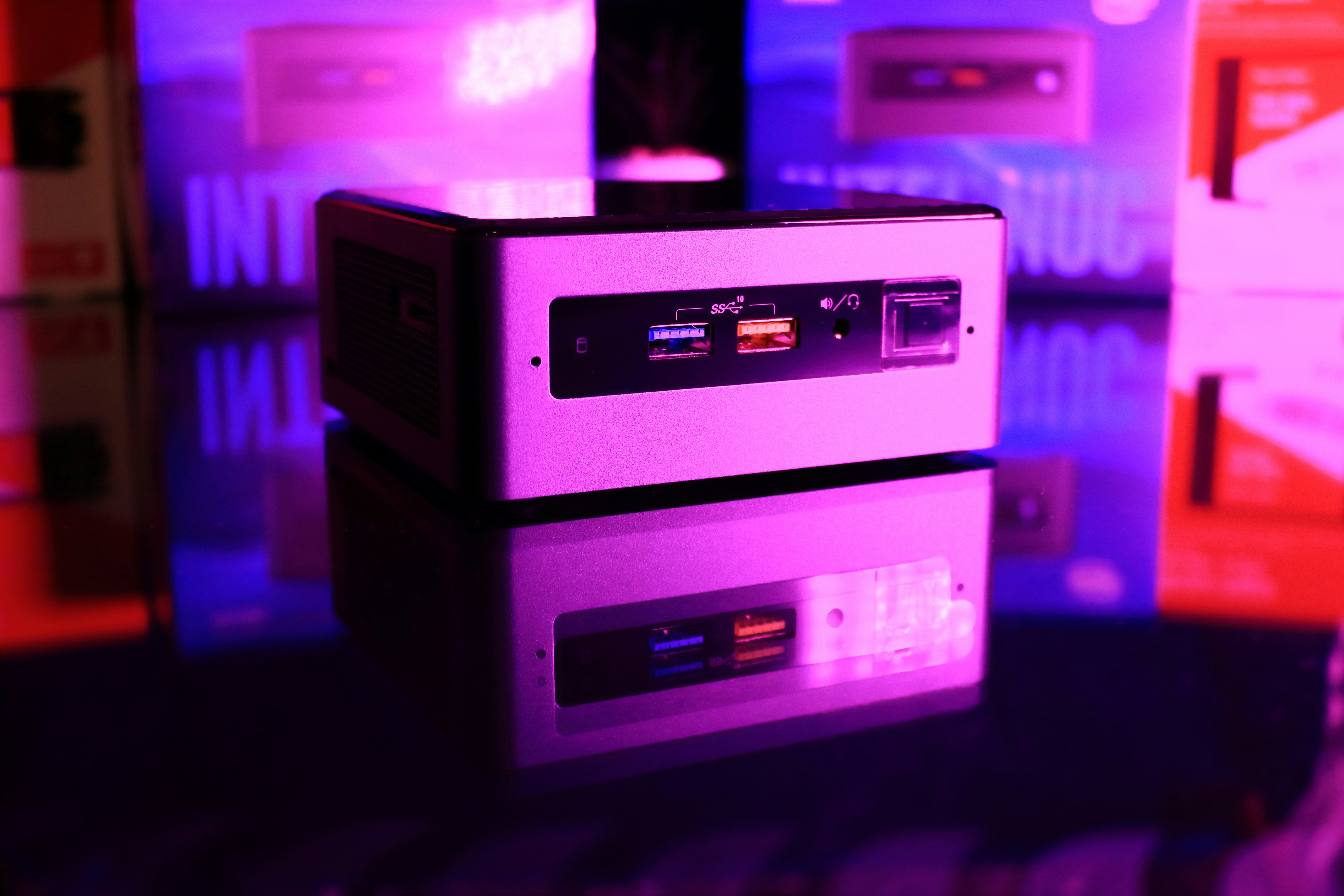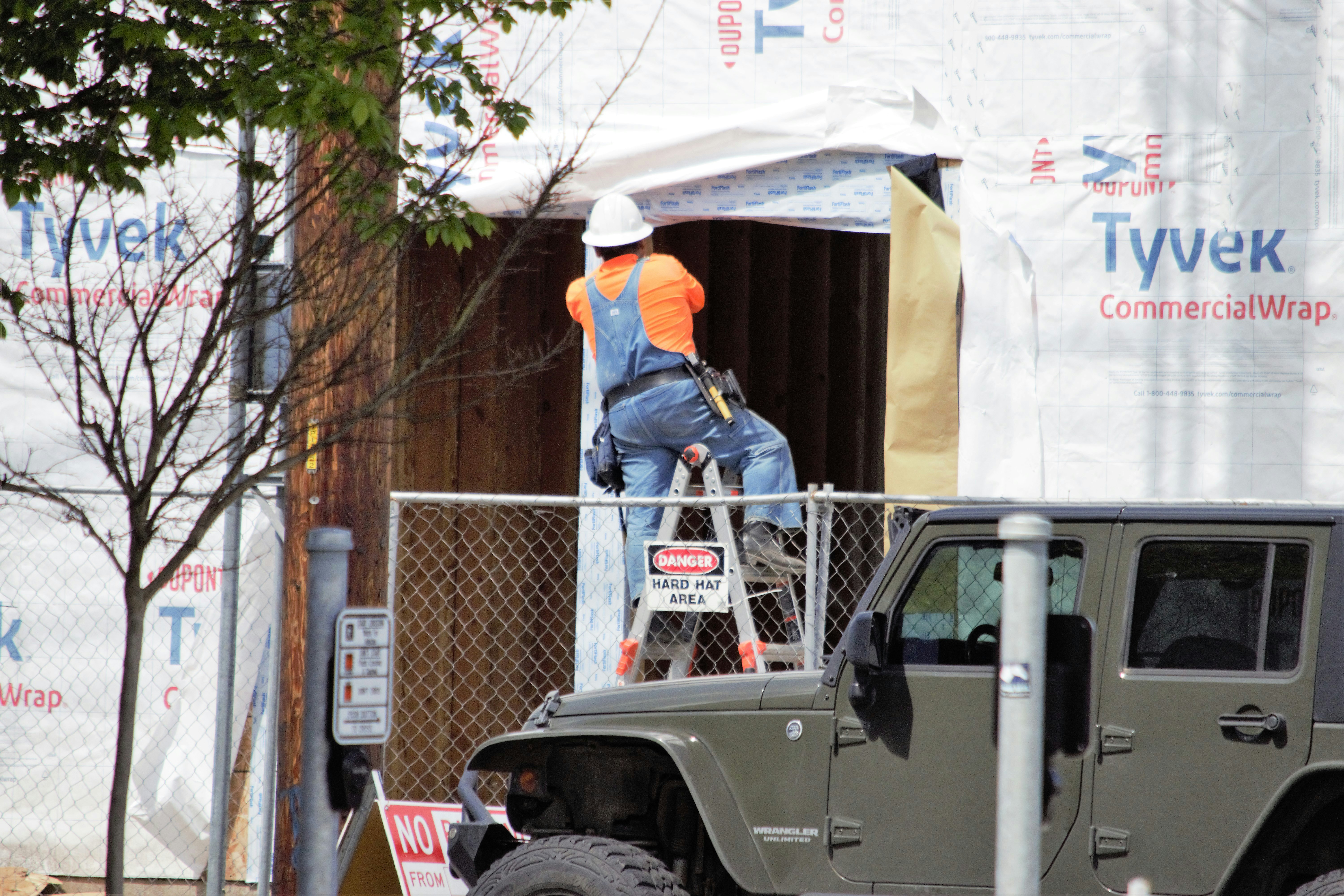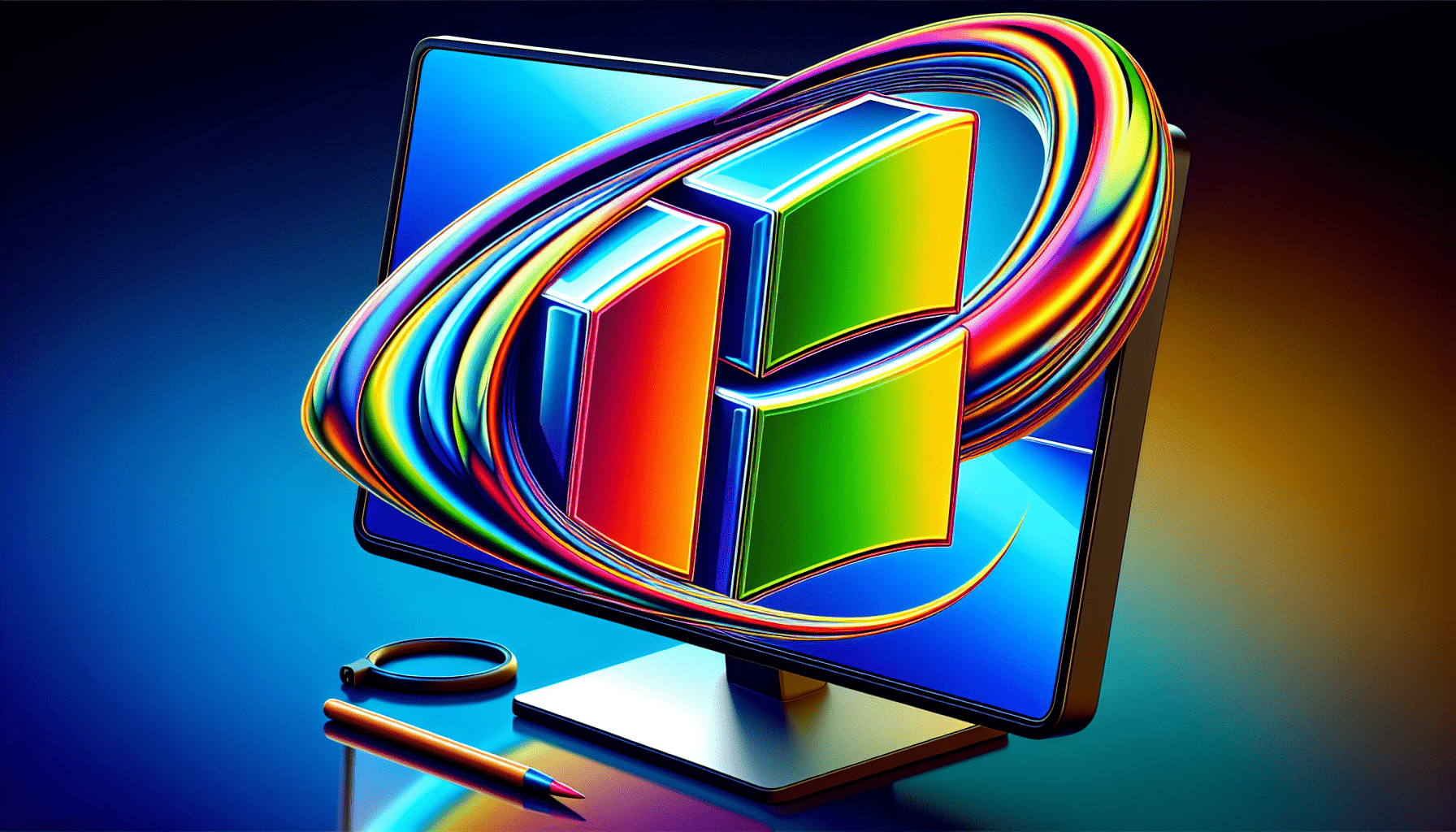







So you’ve just bought a brand new laptop, but now you’re wondering if you can make any upgrades down the line. Well, the good news is that you might have the option to add more RAM or storage space to your laptop, depending on the model and manufacturer. In this article, we will explore the possibilities of upgrading your laptop’s RAM and storage, providing you with all the information you need to know before making any decisions. Whether you’re a tech-savvy enthusiast or a casual user, read on to find out if you can enhance your laptop’s performance and storage capacity in the future!
Understanding RAM and Storage Space
Definition of RAM
RAM, or Random Access Memory, refers to the temporary memory that a computer uses to store data that is being actively used. It allows the computer’s processor to quickly access information, which results in faster performance and better multitasking capabilities. RAM is volatile memory, meaning that it is cleared when the computer is powered off or restarted.
Definition of Storage Space
Storage space, on the other hand, is the capacity a computer has to permanently store files, documents, and media. It includes the hard drive, SSD (Solid State Drive), or other storage devices in the laptop. Unlike RAM, storage space retains information even when the computer is turned off.
Differentiating RAM from Storage Space
It is important to differentiate between RAM and storage space. While both are essential components of a laptop, they serve different purposes. RAM is responsible for temporary data storage during the execution of tasks, while storage space is used for long-term data storage. RAM affects the speed and performance of your laptop, whereas storage space determines how much data you can store on your device.
Why You Might Need More RAM or Storage
Increased performance needs
If you notice that your laptop is running slowly or struggling to handle resource-intensive tasks such as video editing or gaming, it could be an indication that your current RAM is insufficient. Increasing the amount of RAM can significantly improve your laptop’s performance and speed.
Upgraded software requirements
As software continues to evolve, newer versions often demand more resources. If you are planning to upgrade your software or use resource-intensive applications, you might need to upgrade your RAM to ensure that your laptop can handle the increased requirements.
Enhancing multitasking capabilities
If you find yourself frequently multitasking, such as running multiple applications simultaneously or working with large datasets, having more RAM can help improve the smoothness of transitions between different tasks and speed up overall performance.
Storing more data and media files
If you are running low on storage space and find yourself constantly deleting files or struggling to store important documents, photos, or media files, you may need to upgrade your storage capacity. Having ample storage allows you to keep all your files without worrying about running out of space.
Checking Your Current Laptop Specifications
Locating laptop documentation
To know your laptop’s current specifications, start by checking the documentation that came with your laptop. This documentation, such as the user manual or specifications sheet, often includes details about the RAM capacity and storage space of your laptop.
Using system information tools
You can also utilize system information tools provided by the operating system to check your laptop’s specifications. On Windows, you can use the “System Information” tool, accessible through the Control Panel or by searching for it in the Start Menu. On macOS, go to the Apple menu, select “About This Mac,” and click on the “System Report” button.
Understanding your laptop’s specifications
Once you have located the necessary information, look for details about your laptop’s RAM and storage capacity. Take note of the current amount of RAM installed and the type (e.g., DDR4) and the storage space available. This information will be useful when assessing the upgradability of your laptop.
Assessing Laptop Upgradability
Determining if RAM is replaceable
Some laptops have easily replaceable RAM modules, while others have the RAM soldered onto the motherboard, making it non-replaceable. Check your laptop’s documentation or consult the manufacturer’s website to determine if your laptop’s RAM can be upgraded.
Determining if Storage is replaceable
Similar to RAM, storage replaceability varies among laptop models. Some laptops have easily replaceable storage drives, while others have soldered or proprietary storage solutions. If you are unsure, consult the documentation or contact the manufacturer for clarification.
Checking for expansion slots
If your laptop does not support RAM or storage upgrades, you can still check if it has any expansion slots available. Some laptops come with expansion slots for adding additional storage options, such as an extra SSD or hard drive. These expansion slots can provide a way to increase your storage capacity without necessarily replacing the existing storage.
Considerations Before Upgrading RAM or Storage
Understanding your needs
Before upgrading your laptop’s RAM or storage, determine your exact needs. Assess your typical usage patterns, the applications you run, and the amount of storage space you require. Understanding your needs will help you make an informed decision about which components to upgrade.
Evaluating cost-effectiveness
Consider the cost of upgrading your RAM or storage and weigh it against the benefits you will gain. If your laptop is relatively old or has limited upgrade options, it may be more cost-effective to invest in a new laptop rather than upgrading individual components.
Weighing benefits versus potential risk
Whenever you modify your laptop’s hardware, there is always a small degree of risk involved. Ensure you understand the potential risks, such as voiding the warranty or the possibility of data loss during the upgrade process. Weigh these risks against the benefits you expect to gain from the upgrade.
Options for Increasing Storage
Upgrading hard drive
One option for increasing storage space is to replace your laptop’s existing hard drive with a larger capacity drive. This can be a traditional HDD (Hard Disk Drive) or a faster and more efficient SSD (Solid State Drive) if your laptop supports it. The process typically involves cloning your existing drive’s data onto the new drive or reinstalling the operating system and transferring your files.
Using external storage solutions
If you only need additional storage temporarily or prefer a portable solution, using external storage devices can be a convenient option. External hard drives or USB flash drives can be connected to your laptop via USB ports, providing extra storage space that can be easily accessed or disconnected as needed.
Utilizing cloud storage
Cloud storage services offer an alternative to physically upgrading your laptop’s storage. By storing your files in the cloud, you can access them from any device with an internet connection. Providers such as Google Drive, Dropbox, or Microsoft OneDrive offer various storage plans, allowing you to expand your storage capacity without modifying your laptop’s hardware.
Options for Increasing RAM
Purchasing compatible RAM modules
If your laptop’s RAM is replaceable, you can purchase compatible RAM modules to increase the total amount of RAM. Determine the maximum RAM capacity supported by your laptop and choose modules that meet the required specifications, such as the correct type, speed, and voltage.
Installing additional RAM
Once you have the compatible RAM modules, installing them is usually a straightforward process. First, power off your laptop and remove the battery (if possible). Locate the RAM slots, typically found under a removable panel on the bottom of the laptop. Insert the RAM modules carefully, aligning the notches, and ensure they are fully seated in the slots. Finally, reassemble the laptop and power it back on.
Replacing existing RAM
If your laptop has limited RAM slots and is already using the maximum capacity, you may need to replace the existing RAM modules with higher-capacity ones. Follow the same installation process as above, but remove the old RAM modules before inserting the new ones.
How to Install More RAM or Storage Space
Finding a compatible RAM or hard drive
To install more RAM or storage space, ensure that the components you purchase are compatible with your laptop. Check the laptop’s documentation or specifications sheet, and if needed, consult the manufacturer’s website for compatibility information. Choose reputable brands and sellers to ensure the quality and compatibility of the components you purchase.
Manual installation guide
Follow the installation guides provided by the component manufacturer or consult online resources specific to your laptop model. These guides will provide step-by-step instructions on how to safely install the RAM modules or replace the hard drive without damaging your laptop.
Ensuring safety during installation
When installing hardware components, take necessary precautions to ensure your safety and prevent damage to your laptop. Perform the installation on a clean, static-free surface to avoid possible electrostatic discharge. Handle the components with care and avoid applying excessive force during installation. If you are uncertain or uncomfortable performing the installation yourself, consider seeking professional assistance.
Potential Risks and Issues with Upgrading
Voiding laptop warranty
Upgrading certain components of your laptop, especially if not done by an authorized professional, can potentially void your warranty. Be aware of the warranty terms and conditions provided by the manufacturer and consider whether the benefits of the upgrade outweigh the loss of warranty coverage.
Compatibility issues
There is a possibility of encountering compatibility issues when upgrading RAM or storage components. Different laptops have specific hardware requirements, and using incompatible components can lead to system instability or even failure to boot. Always ensure that the components you purchase are specifically designed for your laptop make and model.
Potential data loss
When replacing storage drives, there is a risk of data loss if the transfer process is not performed correctly. Make sure to back up all important files before proceeding with the upgrade. Additionally, if you are replacing the existing RAM modules, ensure that they are fully inserted and securely connected to avoid any disruptions that could cause data loss.
Alternatives to Adding More RAM or Storage Space
Optimizing current resources
Before resorting to hardware upgrades, consider optimizing your current resources. Close unnecessary background applications, remove temporary files and unnecessary programs, and perform regular system maintenance to improve overall performance and free up storage space.
Offloading unused data/files
If you are running out of storage space but don’t want to invest in a hardware upgrade, consider offloading unused or infrequently accessed files to external storage devices or cloud storage. This will help free up space on your laptop while still allowing you to access the files when needed.
Upgrading to a new laptop
If your laptop is outdated, has limited upgrade options, or the cost of upgrading individual components outweighs the benefits, it may be time to consider investing in a new laptop. Newer laptops often come with more RAM, larger storage capacities, and improved performance, providing a comprehensive solution without the need for individual upgrades.
In conclusion, understanding the differences between RAM and storage space, assessing your laptop’s current specifications, and considering your needs are essential steps in determining whether to upgrade your laptop’s RAM or storage. While upgrading can provide performance and storage benefits, it is crucial to weigh the potential risks, such as voiding warranty or data loss, against the expected benefits. Alternatives such as optimizing current resources or offloading files may be preferred in some cases. Ultimately, the decision to upgrade or purchase a new laptop should be based on an evaluation of your specific requirements and cost-effectiveness.







